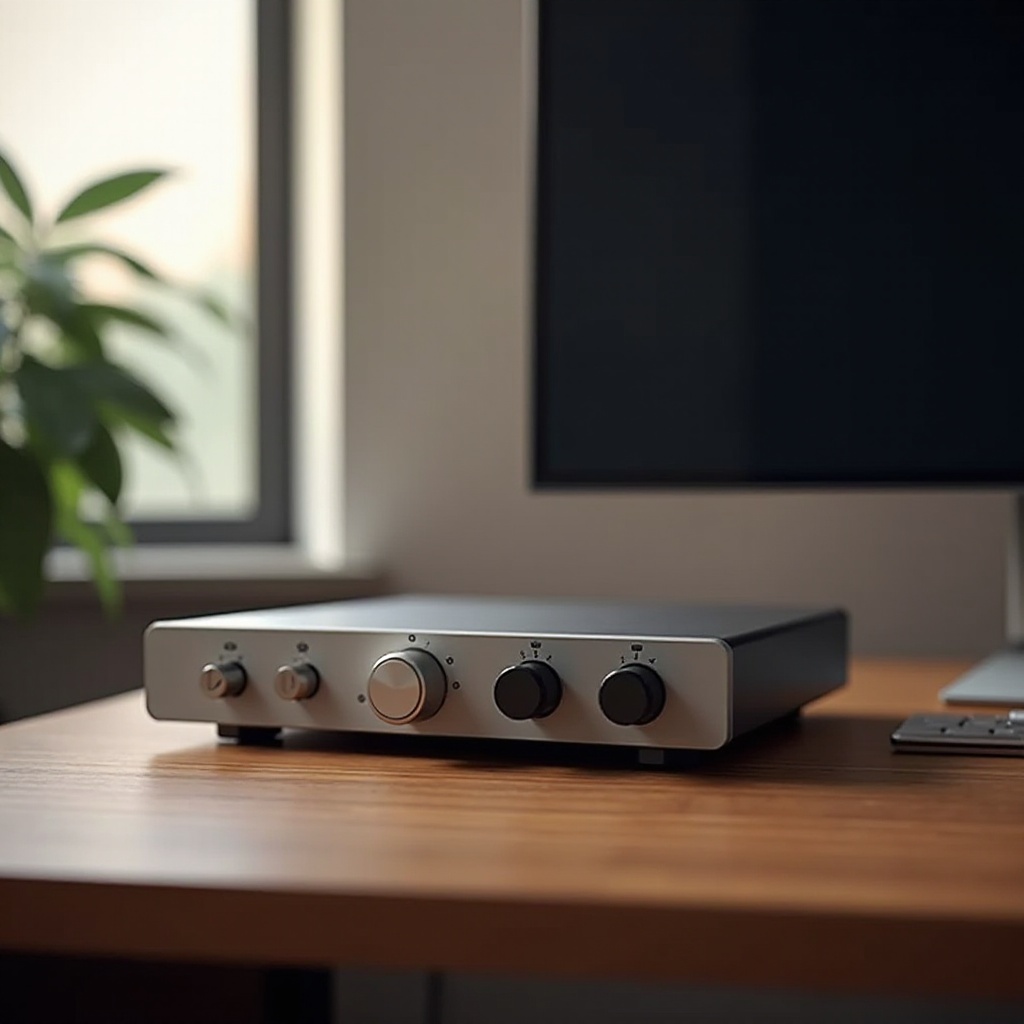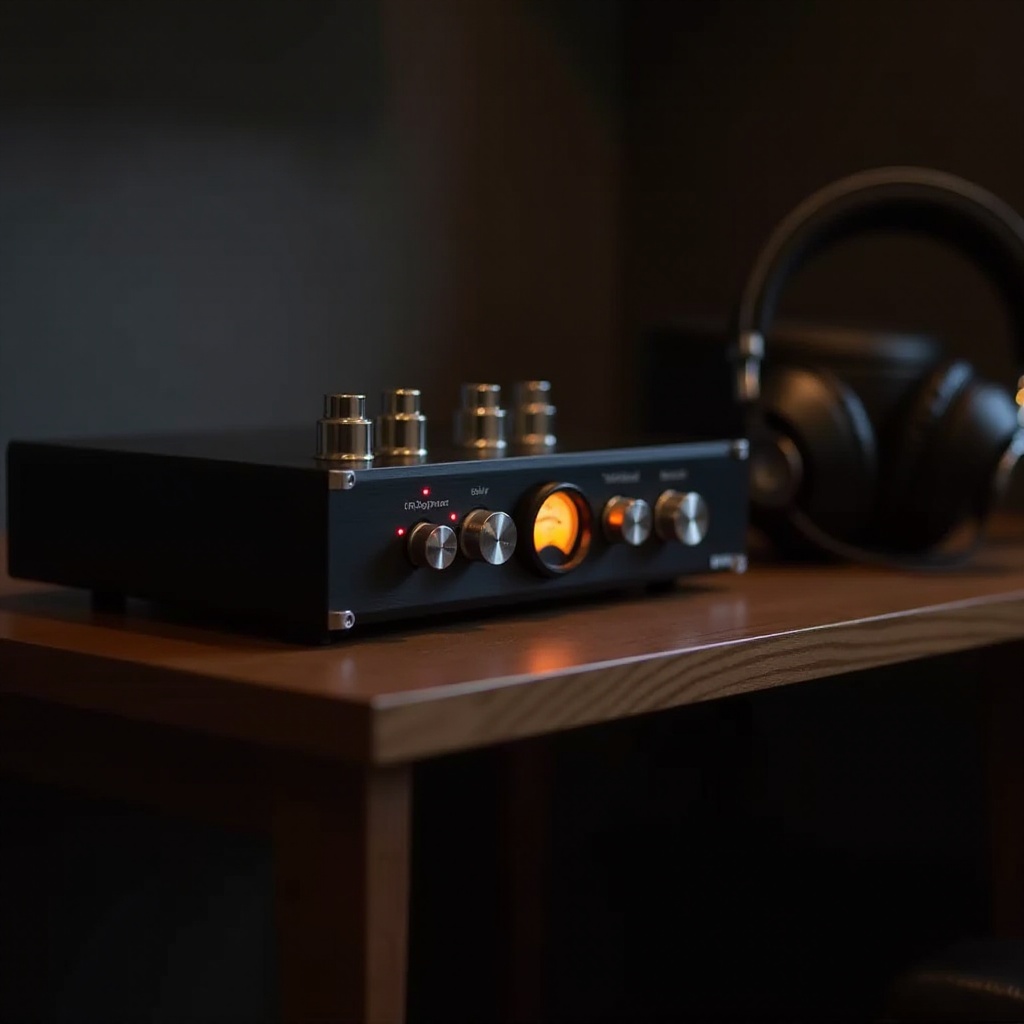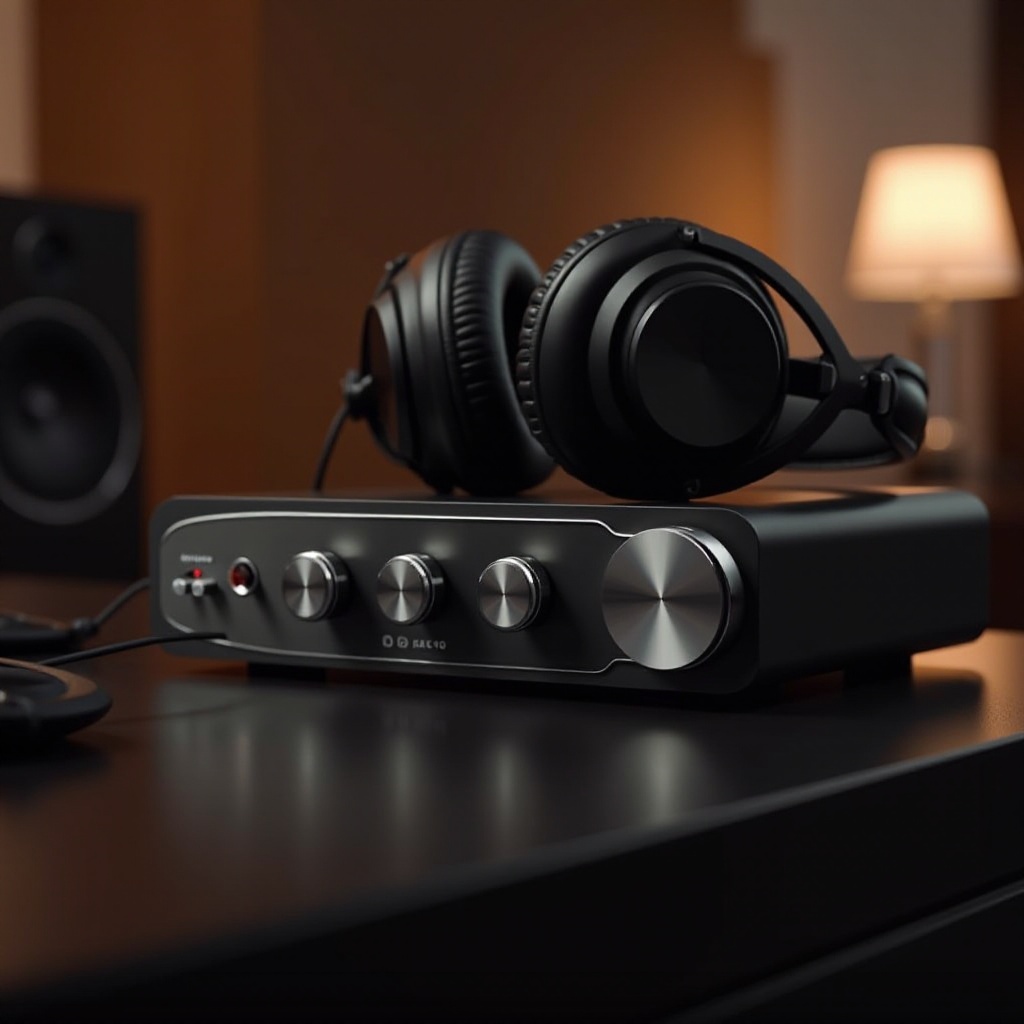Introduction
Headphone amplifiers are vital components in the audio world, often overlooked by many. These devices are engineered to amplify audio signals, providing the necessary power to drive headphones effectively. Whether you aim to improve sound quality or power high-impedance headphones, understanding how headphone amplifiers work can significantly enhance your audio experience.

Understanding Headphone Amplifiers
Headphone amplifiers are specialized devices that take a low-level audio signal from a source, like a smartphone or computer, and boost it to a level that can power headphones efficiently. Amplifying the signal is crucial, especially for headphones with higher impedance, which require more power for optimal performance. By comprehending their function, you are better equipped to appreciate their value in an audio setup.
How Headphone Amplifiers Work
At the heart of what headphone amplifiers do is the process of amplification. This involves taking an audio signal from your device and intensifying it so that it’s sufficient to drive the headphones.
-
Amplification Process Explained: The amplification process involves increasing the audio signal’s voltage to deliver the sound at the right volume and clarity. This ensures minimal distortion and preserves the integrity of the audio.
-
Essential Components of a Headphone Amp: Key components include the input stage that accepts the audio signal, the amplification stage that boosts it, and the output stage that sends the enhanced signal to your headphones.
Understanding this mechanism paves the way for recognizing the myriad benefits headphone amps offer to audio enthusiasts and casual listeners alike.
Benefits of Using a Headphone Amplifier
Using a headphone amplifier offers several distinct advantages:
-
Enhanced Sound Quality: Headphone amplifiers minimize distortion, allowing you to experience a cleaner, more detailed sound aligned with the artist’s vision.
-
Power for High-Impedance Headphones: High-impedance headphones typically require more power, and amplifiers are specifically designed to provide the necessary boost.
-
Improved Dynamic Range: With a properly powered setup, you enjoy a broader range of sounds, from the softest tones to the most intense crescendos.
These benefits highlight why an increasing number of listeners turn to amplifiers as integral components of their audio systems.

Types of Headphone Amplifiers
Headphone amplifiers come in various forms to meet different user needs:
-
Tube vs. Solid State Amps: Tube amplifiers offer a warmer sound due to their analog nature, while solid state amps are known for precision and reliability.
-
Portable vs. Desktop Amps: Portable amps offer flexibility for mobile listening, whereas desktop amps provide more power and features suitable for home listening environments.
Choosing among these types allows you to tailor your setup according to personal preferences and usage conditions.
How to Choose the Right Headphone Amplifier for Your Needs
Selecting the right headphone amplifier involves several key considerations:
-
Matching Amplifiers with Headphones: Ensure compatibility by examining the impedance and sensitivity requirements of your headphones against the amplifier’s output.
-
Considerations for Different Audio Needs: Reflect on your primary listening environment. Do you need portability for travel or a powerful setup for home?
By evaluating these factors, you ensure that your amplifier complements your audio equipment, optimizing both performance and enjoyment.
Common Myths About Headphone Amplifiers
Despite their benefits, several myths about headphone amplifiers need clarification:
- Debunking Myths and Misconceptions: One common myth is that all headphones need an amp, which is untrue. While amplifiers can enhance quality, they are not necessary for every setup. Likewise, pairing an expensive amp with poor-quality headphones will not drastically improve sound.
Addressing these misconceptions helps you make informed decisions based on evidence rather than hearsay.
Setting Up Your Headphone Amplifier for Optimal Performance
To maximize the benefits of your headphone amplifier, proper setup is essential:
-
Basic Setup Tips: Ensure your amp is securely placed, properly connected to both the audio source and headphones, and receiving adequate power.
-
Best Practices for Audio Quality: Regularly clean connections, avoid extremely high volume levels to protect hearing, and experiment with settings to achieve the best possible sound.
Following these guidelines ensures you’ll get the most out of your headphone amplifier, enhancing the overall sound experience.

Conclusion
A headphone amplifier is a valuable addition for anyone looking to elevate their audio experience. With the right amplifier, you can unleash the full potential of your headphones, achieving superior sound quality and performance. By understanding their role and selecting the appropriate model for your needs, you’ll be well-passioned to enjoy your favorite music just as the artists intended.
Frequently Asked Questions
Do all headphones need an amplifier?
Not all headphones require an amplifier. Low-impedance headphones work well with most devices, but high-impedance models benefit significantly from amplification.
Can a headphone amplifier improve sound quality?
Yes, a headphone amplifier enhances sound quality by providing the power needed for better dynamic range and clarity, especially with high-quality audio files.
How do I know if my headphones need an amplifier?
If your headphones have a high impedance (usually above 80 ohms), an amplifier can improve performance. Low volume or compromised sound quality often indicates a need for amplification.
